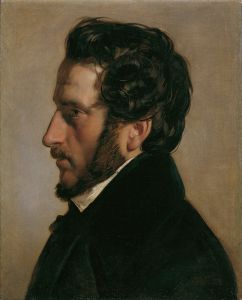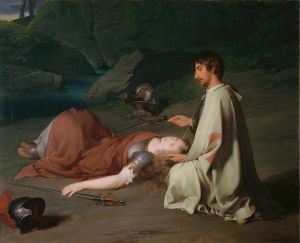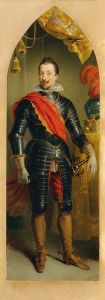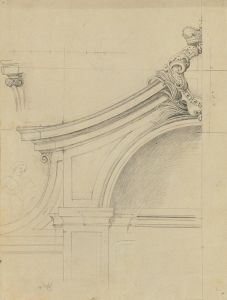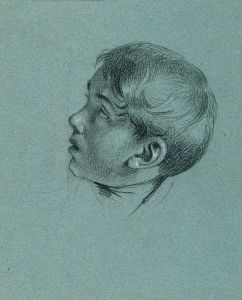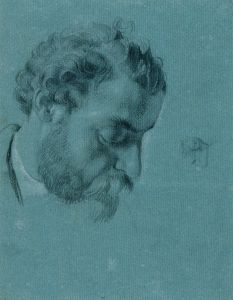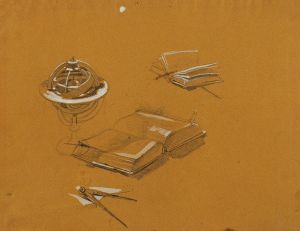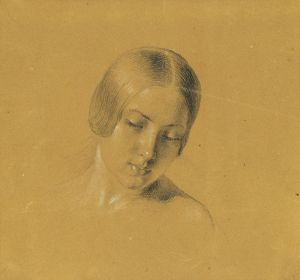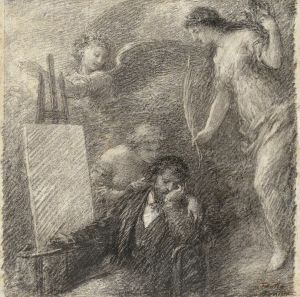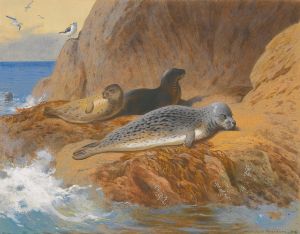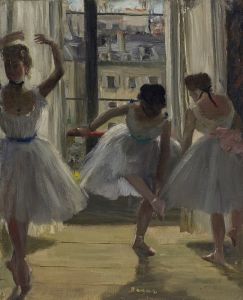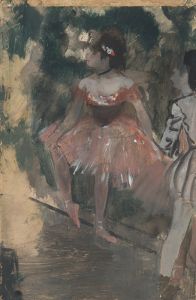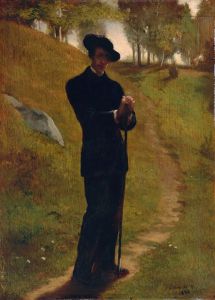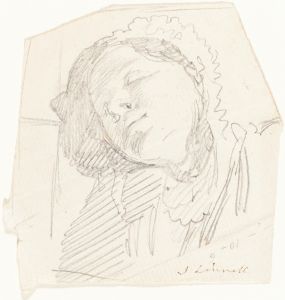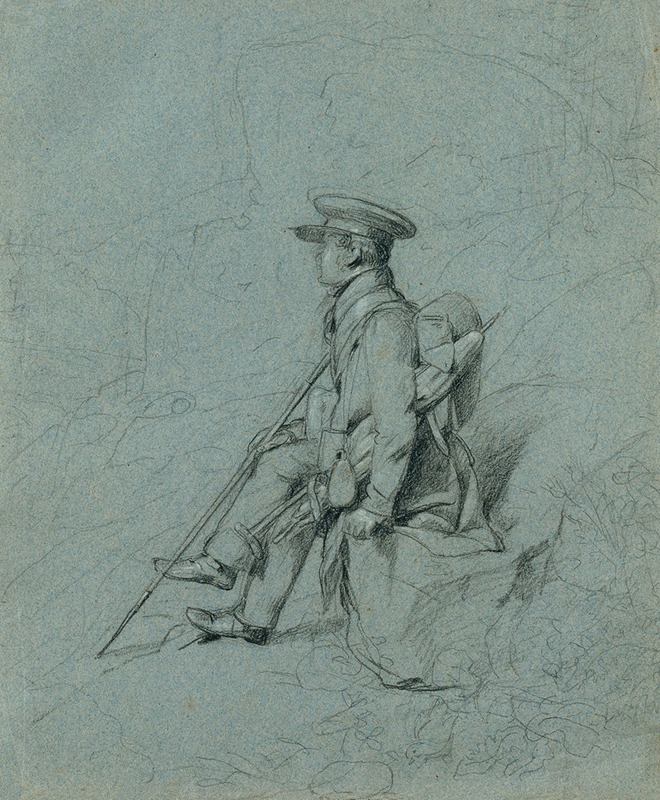
Studie eines rastenden Malers
A hand-painted replica of Johann Peter Krafft’s masterpiece Studie eines rastenden Malers, meticulously crafted by professional artists to capture the true essence of the original. Each piece is created with museum-quality canvas and rare mineral pigments, carefully painted by experienced artists with delicate brushstrokes and rich, layered colors to perfectly recreate the texture of the original artwork. Unlike machine-printed reproductions, this hand-painted version brings the painting to life, infused with the artist’s emotions and skill in every stroke. Whether for personal collection or home decoration, it instantly elevates the artistic atmosphere of any space.
Johann Peter Krafft's Studie eines rastenden Malers (Study of a Resting Painter) is a painting attributed to the Austrian-German artist Johann Peter Krafft (1780–1856). Krafft was a prominent painter of the Biedermeier period, known for his historical scenes, portraits, and genre paintings. His works often reflected the cultural and social atmosphere of early 19th-century Europe.
Studie eines rastenden Malers is a study or sketch that depicts a painter in a moment of rest. The artwork showcases Krafft's skill in capturing human figures with a sense of realism and introspection. The subject, a painter, is portrayed seated, possibly taking a break from work, with tools of the trade such as brushes or a palette nearby. The composition emphasizes the quiet and contemplative nature of the scene, aligning with the Biedermeier aesthetic, which often focused on intimate, everyday moments.
The painting is considered a study, suggesting that it may have been a preparatory work or an exploration of a theme rather than a finished, formal piece. Studies like this were common among artists of the time, as they allowed for experimentation with poses, lighting, and composition.
While Johann Peter Krafft is best known for his large-scale historical paintings, such as The Entry of Emperor Franz I into Vienna in 1814, works like Studie eines rastenden Malers provide insight into his approach to smaller, more personal subjects. The painting reflects Krafft's ability to convey mood and character through subtle details and his mastery of the human form.
The exact date of creation for Studie eines rastenden Malers is not documented, and little is known about its provenance or current location. As with many studies, it may not have been intended for public display but rather served as part of Krafft's artistic process.
Further research into the painting and its context may provide additional information about its significance within Krafft's body of work. However, based on available historical records, Studie eines rastenden Malers remains a testament to Krafft's versatility and his ability to capture the quiet dignity of everyday life.





